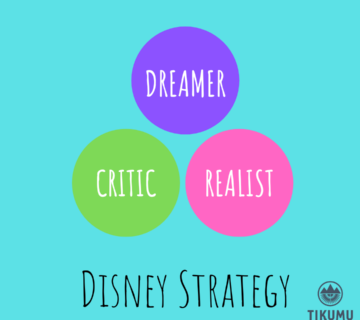The need for instant gratification, I believe has become our worst enemy in the goal setting department. Consciously or subconsciously, we tend to expect for change to take place overnight and when it doesn’t we become desponded and convince ourselves that we failed.
Once the goal has become clear in our minds and the decision to change has been made, we pop on our rose-tinted sunglasses and fall in love with the goal and the idea of success. We however tend to forget about what actually needs to happen after the goal-setting process. We fail to do a reality check and put things into perspective. We often under-estimate how hard we actually need to work in order to achieve the goal. This is where the love-hate relationship with our goals starts.
The message is not to not dream big and have goals. Please do and dream as big as you can. As Jim Collins says, have big, hairy, audacious goals. However, if you want to be successful you need to think and be realistic about how you to want to achieve your goals. Here are a few thoughts to consider when planning for your next goal.
- How does this goal fit into your current life? Yes, most of us have extremely busy, stressful lives. The reality of living in today’s world. So if you want to achieve something, how will it fit into your current situation and are you willing to give something up in order to make this goal part of your life?
- What is your action plan and how will you measure your achievements? A goal is wonderful to have, but if there is no action plan, their will be no success.
- What is your timeframe? We unfortunately give ourselves very little time or should I say we allocate a very unrealistic time frame to the actual “doing” part of achieving the desired goal. Think twice about your time frame to achieve, not just the deadline.
- What is your plan B? If your initial action plan fails, what is your fall back plan? If you are hell-bent on only following one plan, one strategy, then what happens to your motivational levels and drive if it doesn’t go according to plan? Being able to review the failure, adjust to the situation and shift course will not only benefit you, but it teaches you to learn from your mistakes and to be open to change, new ideas and opportunities, which you may not have seen or considered before.
- How well do you deal with failure? How resilient are you? This is not about shifting course and moving to plan B. This is about how quickly you can snap out of the “failure feeling”. None of us like to fail, but the reality is that we all fail at some point in our lives. So, what steps will you put in place to deal with bouncing back to continue pursuing your goal?
The reality of the situation is that you have to accept the good, the bad and the ugly of goal setting. Build reality checks into your action plans and walk into your goal’s action plans with your eyes wide open.
- A business strategy is not enough - June 3, 2024
- Networking – quality or quantity? - February 19, 2024
- How behaviour profiling can work for your business - January 5, 2024



